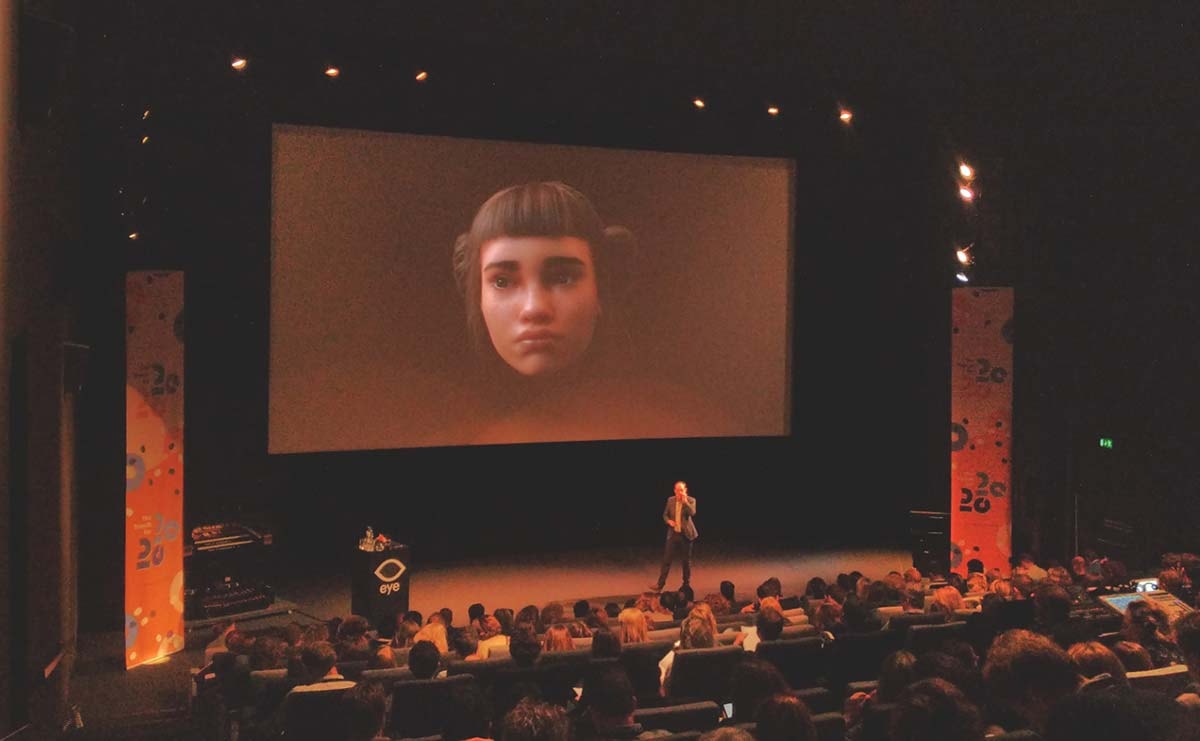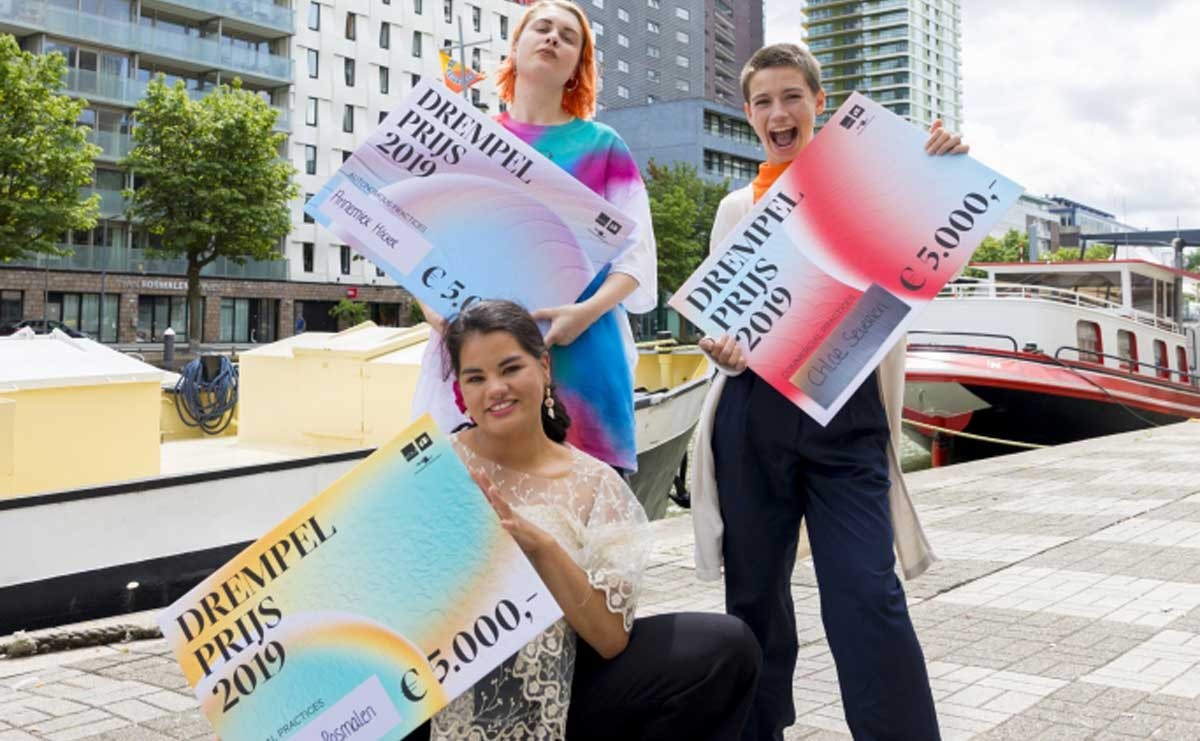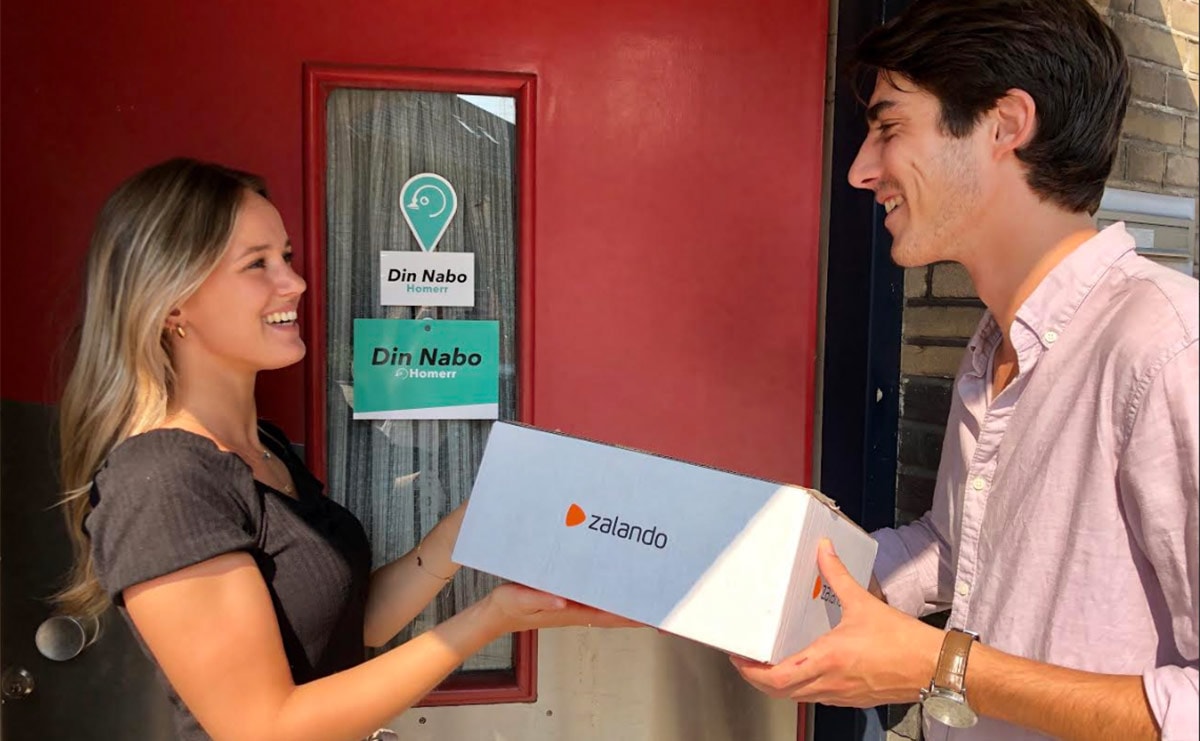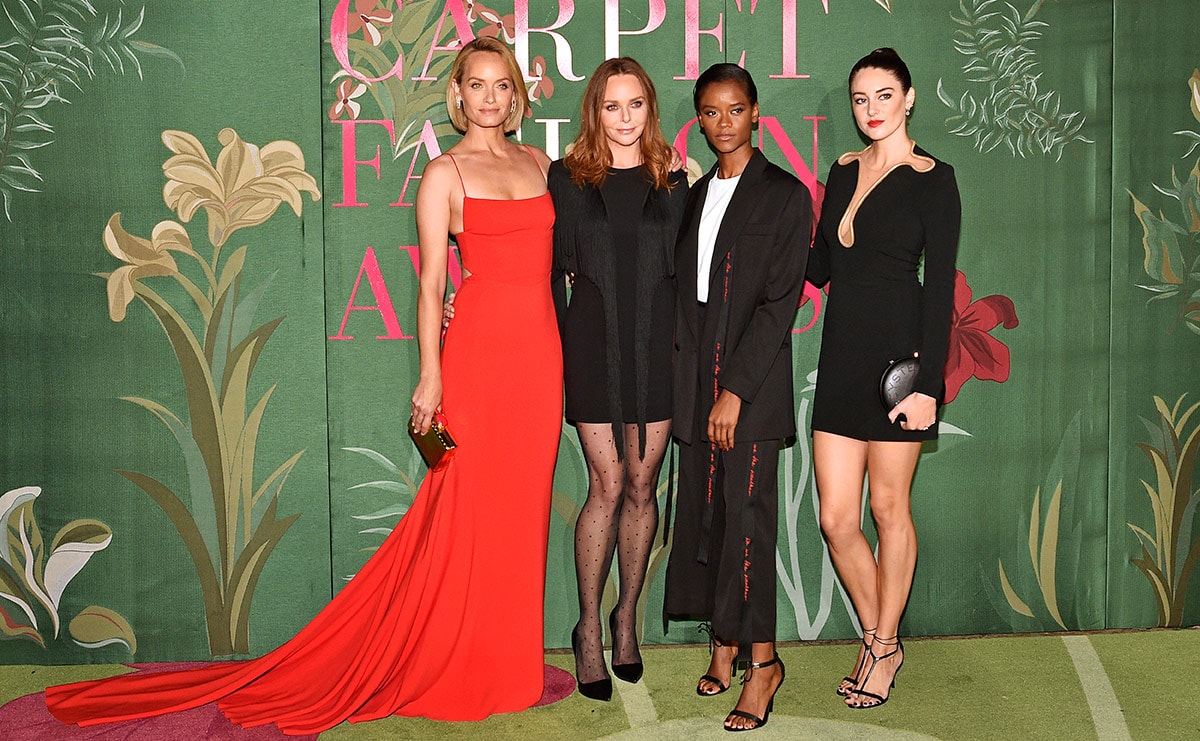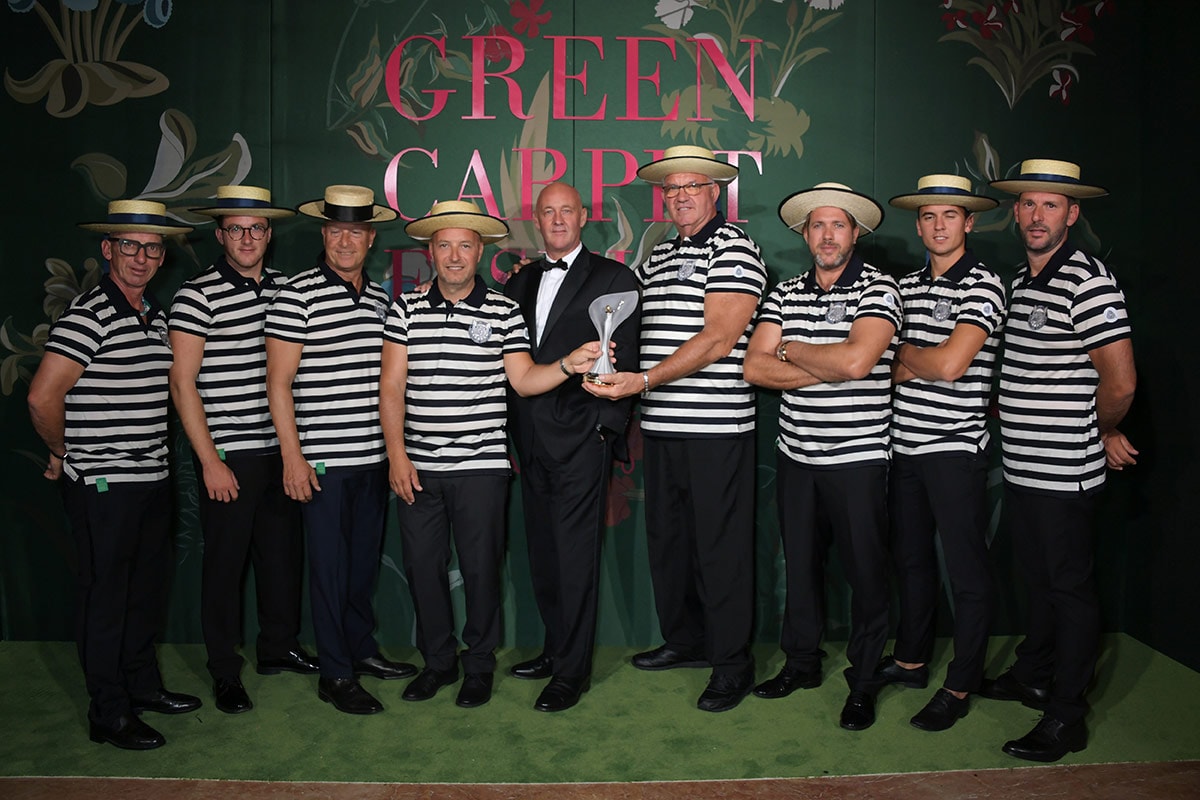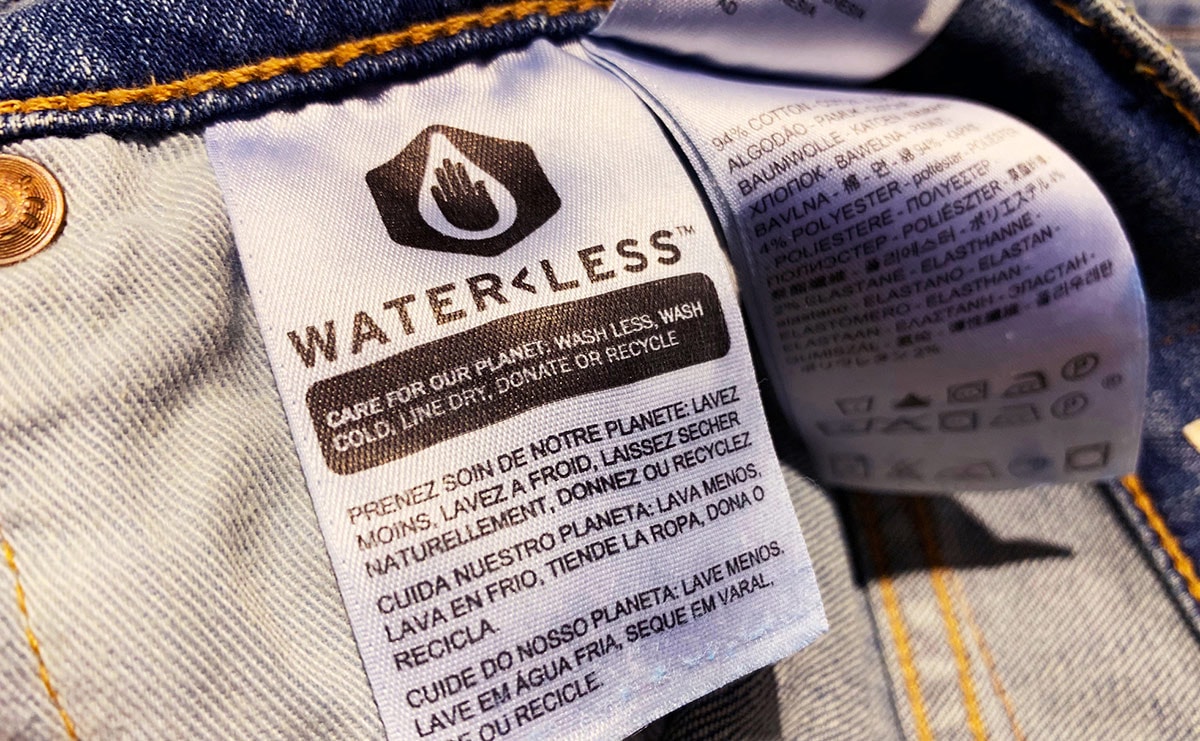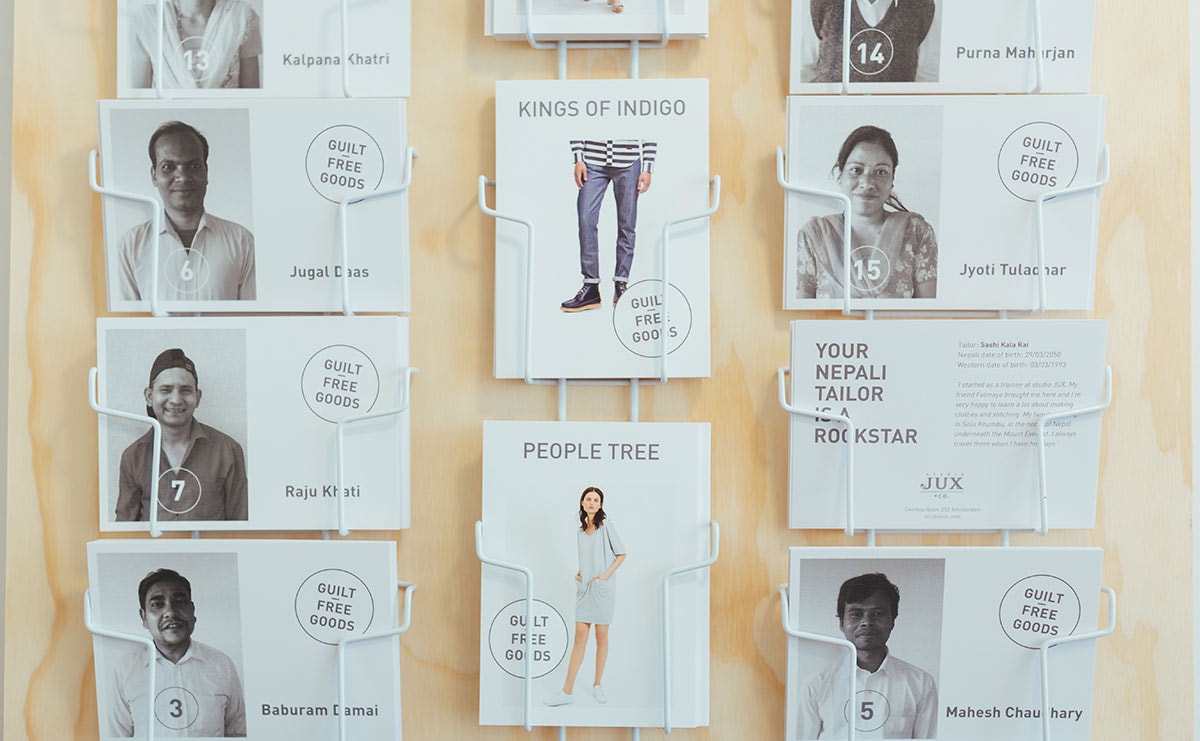
Is sustainability and a circular economy the future of the fashion industry? As the ‘Big Four Fashion Weeks’ from New York to Paris wrap up, the hottest topics on the runways this season has become eco-fashion, climate concerns and animal rights. In the midst of the Global Climate Strike and the Climate March led by 16-year-old Greta Thunberg, Kering announced its commitment to full carbon neutrality with LVMH following suit shortly after. Meanwhile, companies such as H&M boycotted Brazilian leather as a result of the Amazon fires. With social and environmental issues now at the forefront of the fashion industry, FashionUnited asked four professionals at the helm of sustainability and social impact what their job entails and how they use their power to affect change.
Jackie Lewis, Sustainability Expert at Alvanon
What exactly does a Sustainability Expert do?
A Sustainability Expert challenges what we do today and asks is there a better way, an approach which achieves the same outcome but at less cost to people and the environment. In the fashion world that requires experience and a full understanding of how to design, source and manufacture a product. The continuous obstacle is how to deliver against your sustainability promise whilst still making profit and giving the customer what they want.
What do you love about your job?
When I hear people playing back my words, then I know they have really connected with sustainability. My job as a sustainability expert is to help them by identifying what people really care about, what affects them day-to-day and how even the smallest changes can positively affect their lifestyle and environment, to drive momentum and action change.
Q&A with the Sustainability Expert of Alvanon, Jackie Lewis
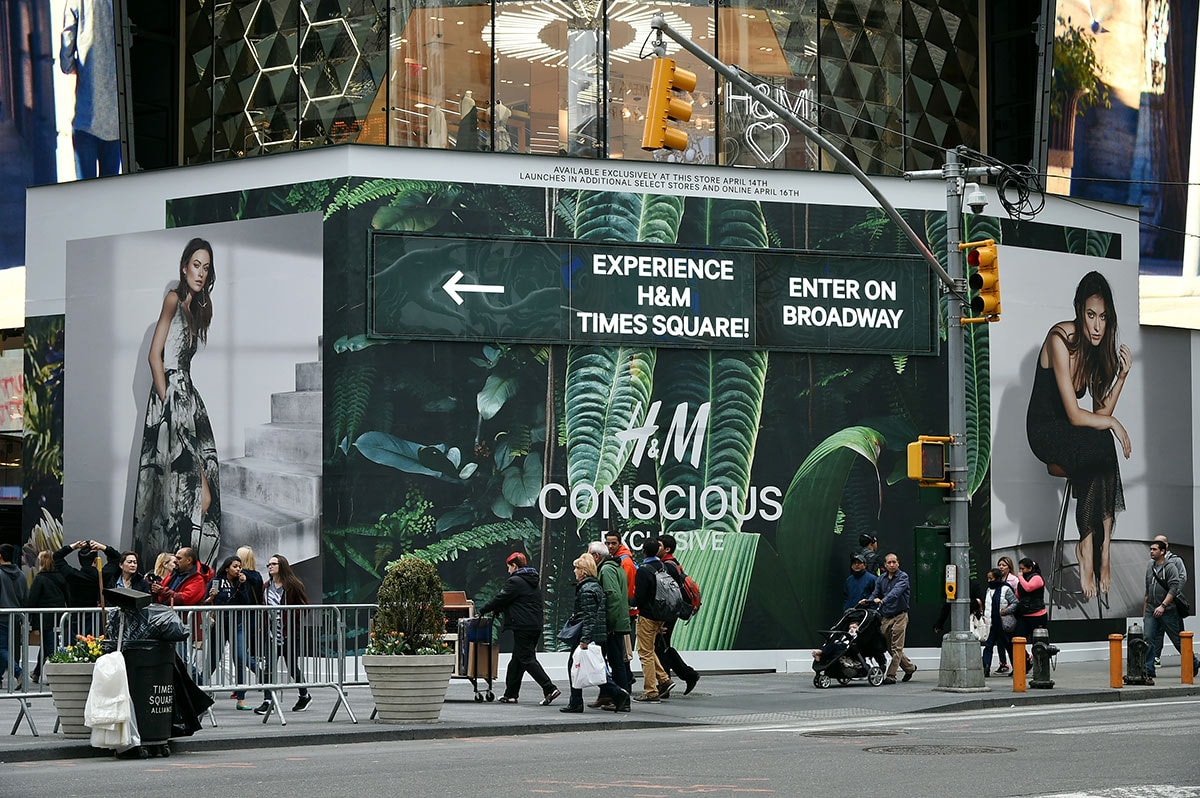
Amy Smith, Chief Giving Officer at Toms
What are your responsibilities as the Chief Giving Officer at Toms?
It’s a unique job without a rulebook. While it’s extremely rewarding because I’m passionate about the impact we make, it's challenging too. After all, it's such a critical role within Toms. My job is to strategize and oversee our giving work, making sure that we are making the most impact possible, whether that’s through our shoe and water giving or through our new project-based work that supports local needs. My role entails everything from the ordering to manufacturing, to how the shoes will be stored, to how they will be distributed, to the feedback loop with partners, and analysis of what we can do better. I’m also looking into new projects and local partners, and identifying where we can make a positive impact in the future based on what is needed most.
What does a typical working day look like for you?
My days are long but truly never the same, which I love. I manage our network of around 90 giving partners and our giving programs. My team and I also work on developing the best strategies for our giving, using feedback from our current partners in the field. We feel a strong obligation to give shoes, sight, and water in the most responsible way possible. For example, we now make shoes in a number of different silhouettes to match the climate of the region and activities kids are engaging in. These additions to the product line are a direct result of our giving partner’s feedback. We also make sure to give them shoes, water and sight as part of larger health and education programs, which we’ve found has a greater impact.
The C-suite title of the future? Q&A with Amy Smith, Chief Giving Officer at Toms
Magdalena Schaffrin, Sustainability Agent and the Creative Director of Neonyt (Sustainable) Trade Fair
How important is sustainable fashion?
At the moment, the current discussion about microplastics and plastics in general in the oceans, which of course also affects the textile industry, is attracting a great deal of media attention. In addition, broader alliances have formed up to UN level, which has put the topic of fashion on the agenda for 2019.
If you had all the power for one day, what three problems in the fashion industry would you solve?
First of all, I would improve the working conditions of all people in the textile supply chains. Then I would ban all harmful chemicals and ingredients. Third, I would eliminate excessive consumption so that we all have more time again for the important questions in life and do not spend our time buying new things, managing them and getting rid of them again.
How can one do luxury better?
The crucial point is quality. For me, sustainable aspects such as high-quality materials are a given. I am convinced that it is not possible to speak of good quality when harmful ingredients are used or when people working in the supply chain suffer. The new concept of quality, as I understand it, includes sustainability aspects.
Magdalena Schaffrin: “The new concept of quality includes sustainability"
Flora Davidson, Co-Founder of Supplycompass-a sustainable sourcing platform
How did you start the company?
I was working as a fashion innovation consultant, researching for lots of big clients such as L’Oréal, Stella McCartney and Adidas, helping them to design products around their customers’ needs. Working with these huge brands showed me that I was much more interested in the way things are made rather than how to sell things.
At first, we thought we’d be more of a marketplace, helping to match brands and factories. We spent two years in India, living in Mumbai, visiting over 200 factories and asking them questions, as we knew the problems we were seeing didn’t exist only for brands. Nobody really asks the factories ‘hey, how are you, guys? If you could improve the process, what would you do?’. So, we went about building relationships with factories which were open-minded and aligned with our values. We specifically looked for factories with between 15-500 employees. Initially, we were just an agent, without a platform, but then we raised investment and built a platform and that’s how we are where we are today: we’re a marketplace production automation tool. But we’re only three years in, so we’re not everything we want to be yet.
What would you say is the thing you’re most proud of?
Transitioning brands which aren’t interested in sustainability to working with organic fabrics and recycled packaging materials because it actually made more sense and it ended up being cheaper than what they were producing.
Want to make your brand more sustainable? This company aims to connect you to the right suppliers
Photos: courtesy of Alvanon, H&M
* This article was originally published here
